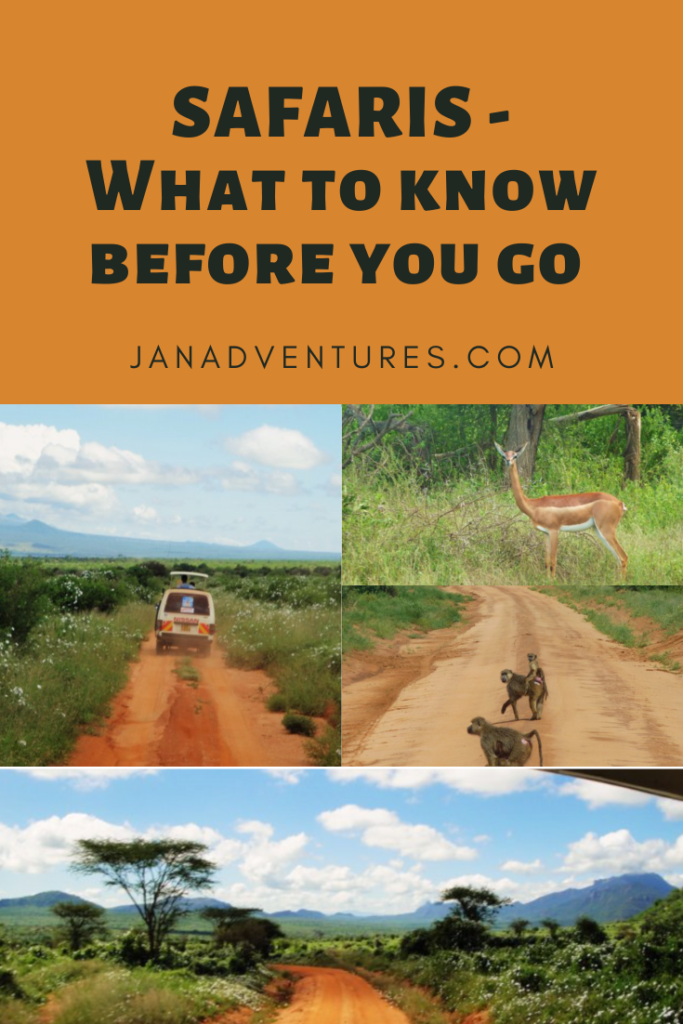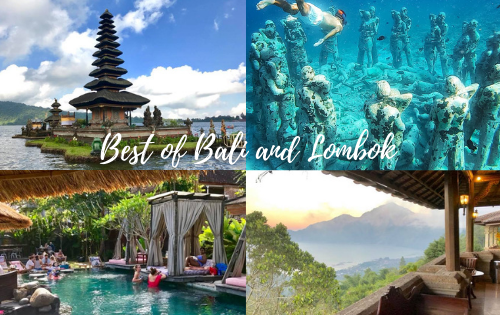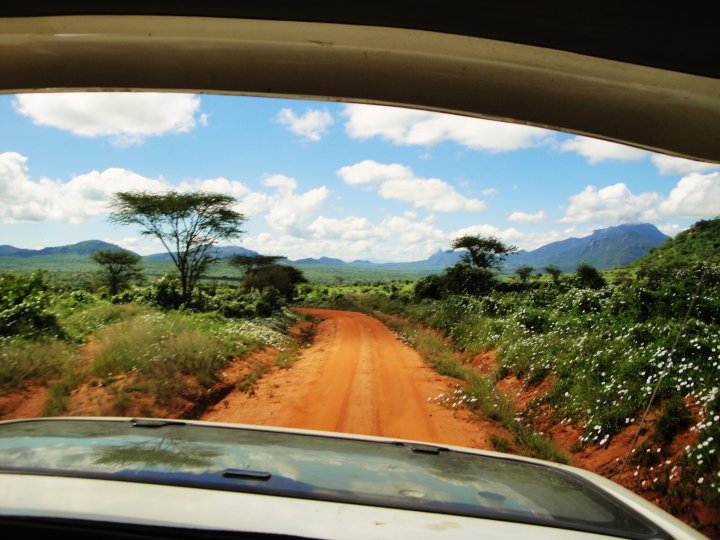
Safaris – What to Know Before You Go
Have you dreamed of going on a safari? I believe it should be on everyone’s bucket list if you haven’t done it already. Here are the things you should know before you go.
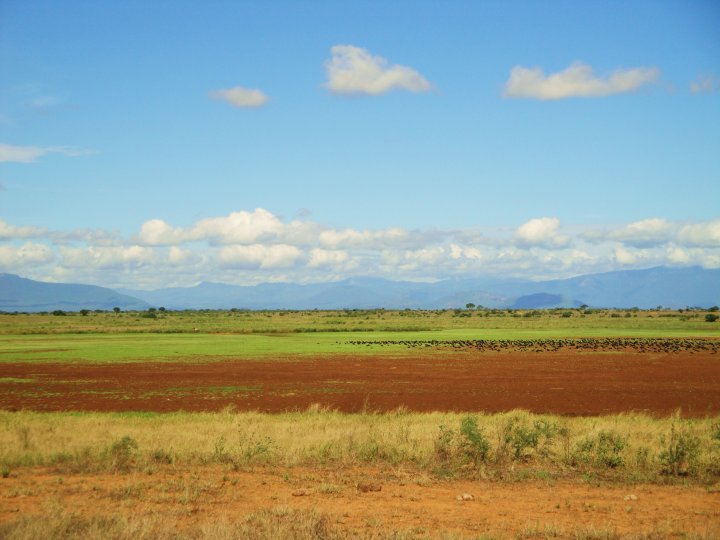
- Take a guided tour
- Patience is a virtue
- Choose a tour with a small group
- Be prepared for an early start
- Could be a long bumpy ride
- Be sure to bring sunscreen
- Layer your clothing
- Wear a hat
- Have a good camera and extra batteries
- Bring binoculars
- Stay in the van and stay safe
- Bring enough water to drink
- Organize an overnight safari stay
Take a guided tour
Depending on where you go, you can choose between a guided tour or a self-drive tour. I’ve only done the guided tours and highly recommend them for several reasons.
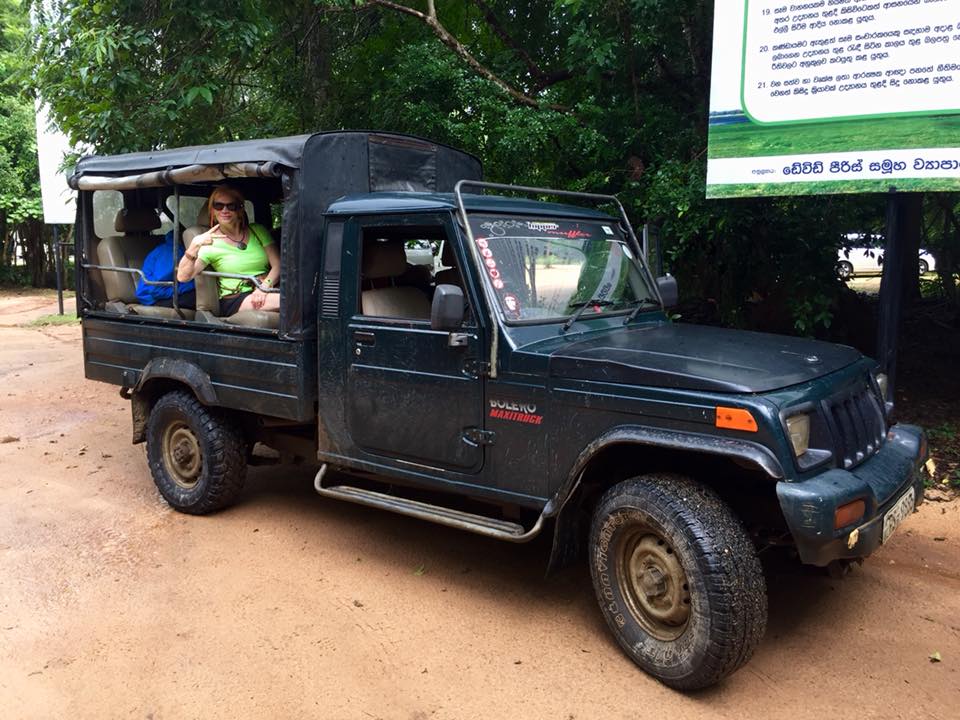
First of all, you feel safer as the guide knows where to go and how to avoid any dangerous situations. We had a situation in Kenya when an elephant was very interested in our van and came extremely close. I admit I started to panic but the driver knew how close the elephant could get before it was time to peel away. Who needs the stress of potentially getting attacked or killed by an animal during a safari?!
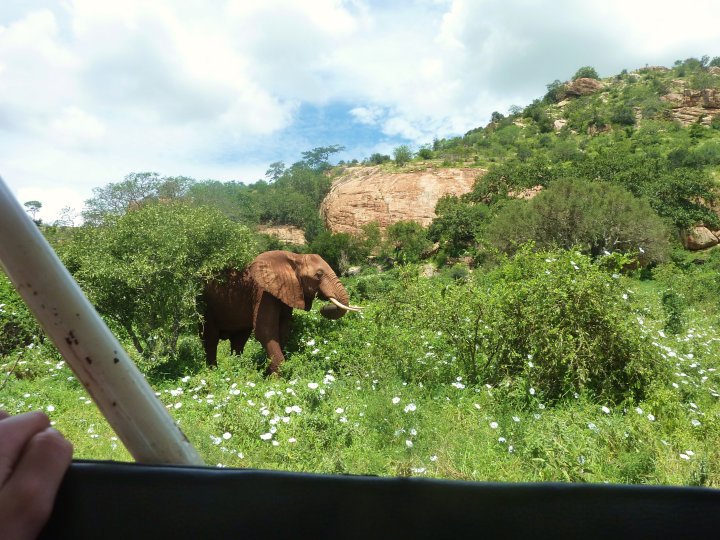
Another advantage of a guided tour is that you learn about the animals you see, especially ones that are not commonly known. In Kenya, we saw impalas, gazelles, and a giraffe gazelle (shown below). The guides know all the names of the animals and this makes for an educational trip.
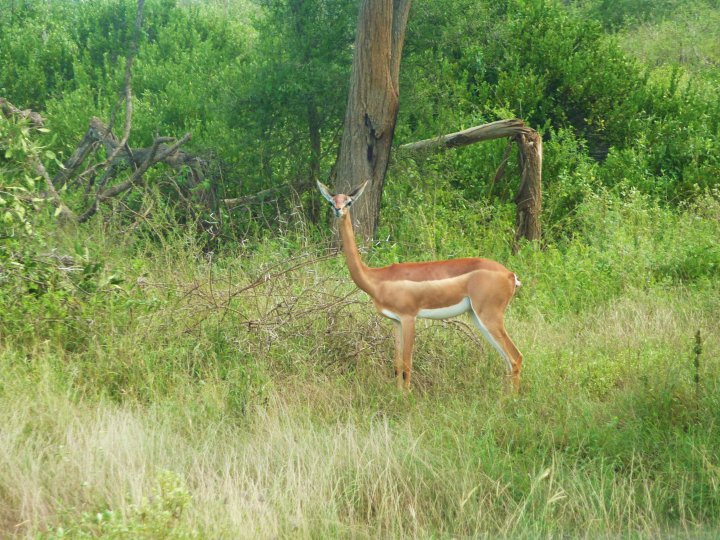
Even though you have a guide who has his eyes peeled for sightings, you may be the first one to spot an animal. If you see something, don’t be afraid to tell your guide to stop the car. It’s fun and exciting to be the first person to see some wildlife!
Patience is a virtue
You’ve probably heard this phrase. Well, you can take it and multiple by 10 when you go on a safari. You are never guaranteed to see wild animals, but you will definitely see some with a little bit of patience.
When we went to Kenya, we wanted to see the Big Five. The Big Five includes the lion, leopard, rhinoceros, elephant, and Cape buffalo. The term originated from big-game hunters and refers to the five most difficult animals in Africa to hunt on foot. This term is now used in relation to safaris. We did not see all five but only the lion, leopard, and elephant. I was happy enough with that, including all the other animals we saw.
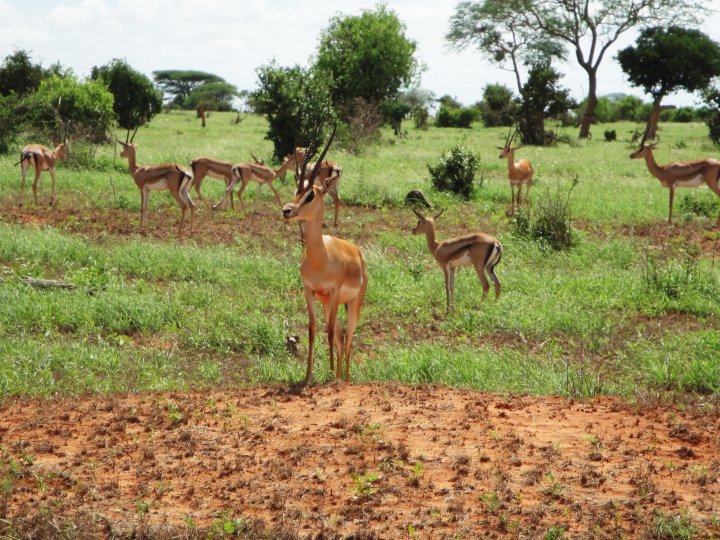
Most guides have a good system of knowing where to see animals. They have walkie-talkies and share updates as they spot something to see. It’s a bit like a game between them as to who can achieve the most spottings. Once our guide would get the word from his colleagues, he would rush over to the identified area. This would usually result in an influx of safari vans in the specific area, such as the photo below shows.
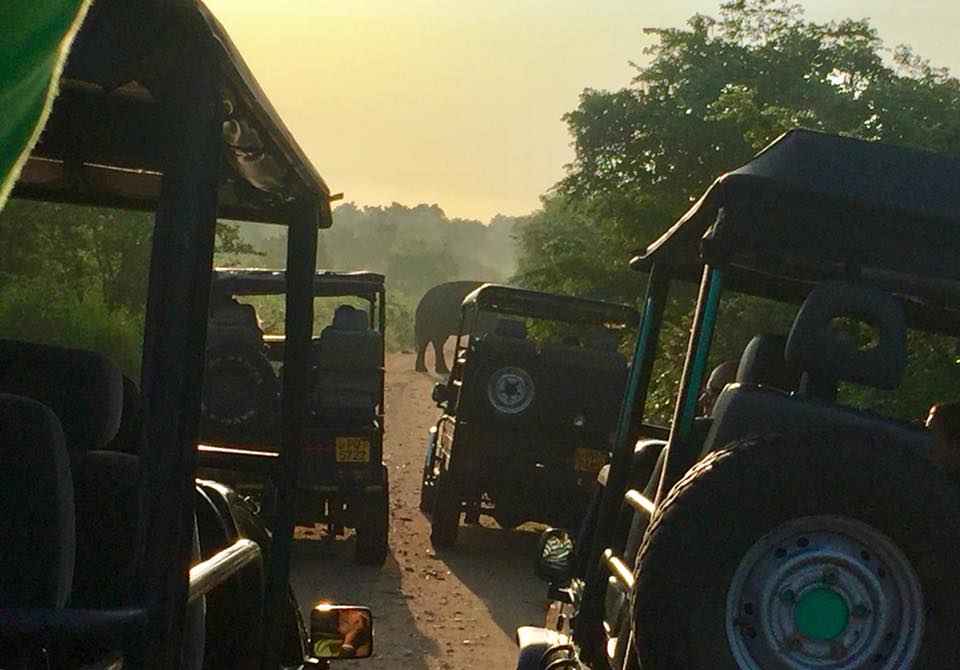
Choose a tour with a small group
Ideally, most tours will only take a handful of guests in their van. This was my experience for all the safaris I’ve done. The usual number was six people in one car. Be sure to ask before booking what the maximum number of passengers will be. The last thing you want is to be stuck in a bus with 10 to 15 other people and have to fight for the view of the animals.
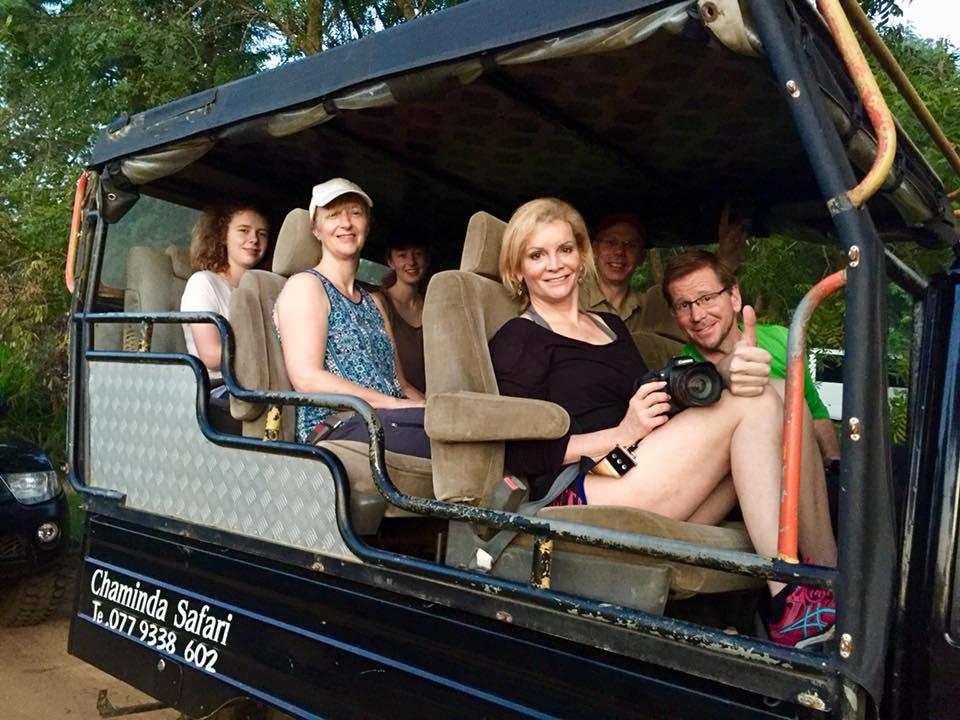
Be prepared for an early start
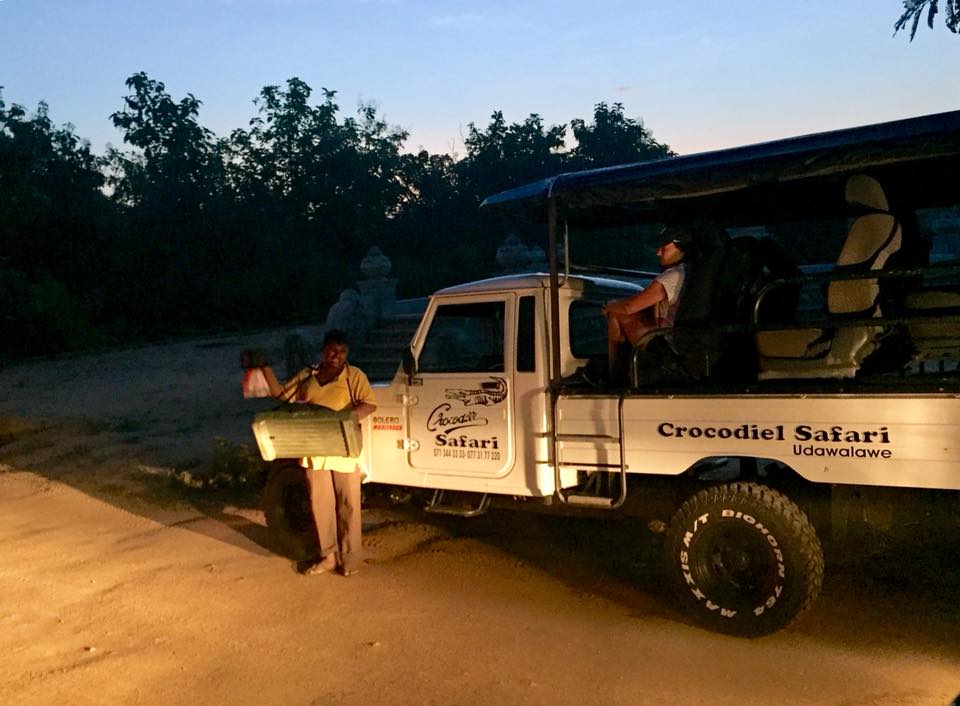
The safari trips I did in Kenya and Sri Lanka started in the early morning hours. The usual reason for this is that you have a better chance to see wildlife in the morning. Animals move around more in the first part of the day and rest in the afternoon heat.
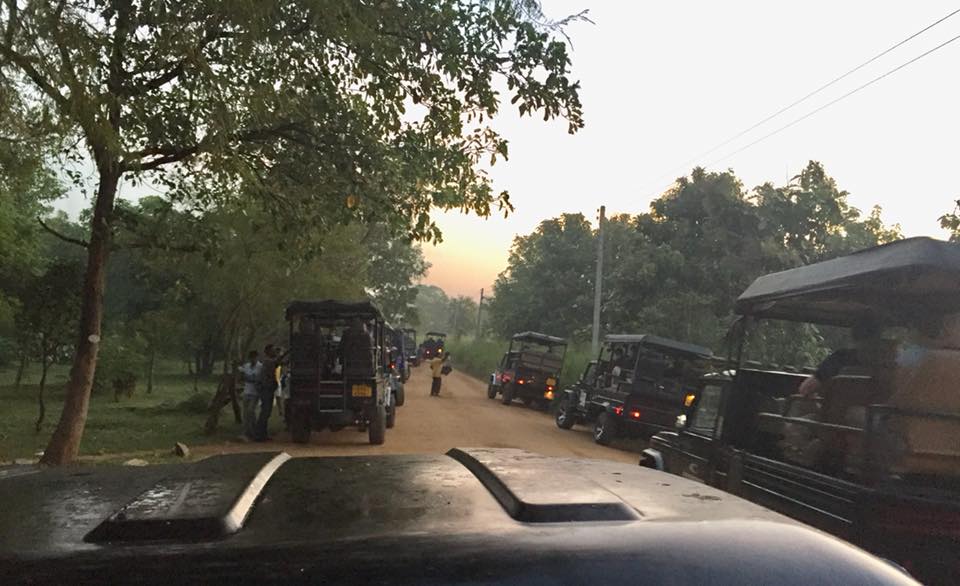
We would have to get to the park entrance around 5:30 am. All the safari vans would be in a line to fill up the many tourists. Surprisingly, after we all left the departure point, we would get spread out and not see many other vans.
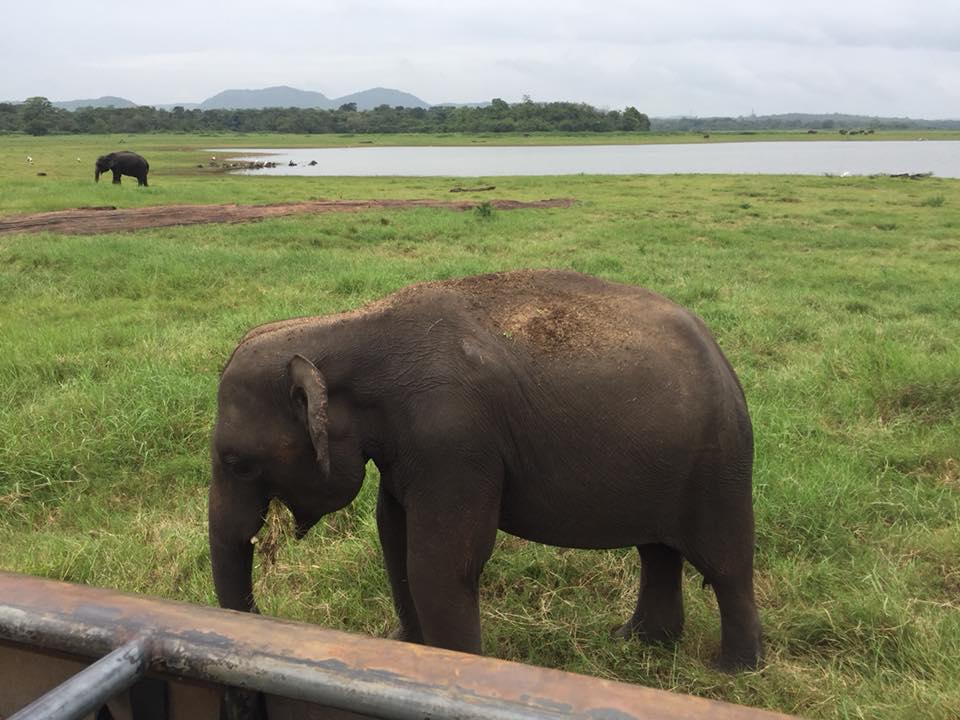
The nice thing about leaving so early in the morning is that we got the chance to the sunrise along the horizon. This was an amazing sight.

Could be a long bumpy ride
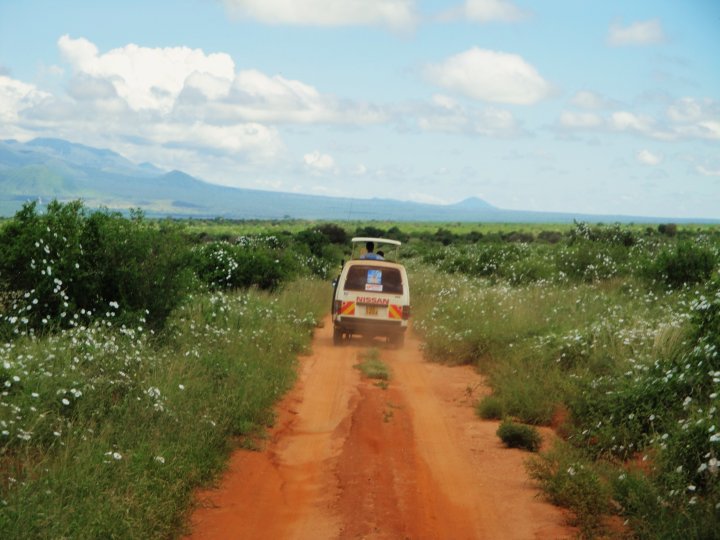
Guided safaris usually take between two and three hours. It sounds like a long time to be riding around in a van, but the time passes quickly. You are constantly distracted while looking out for animals and then stopping to observe them in their natural habitat.
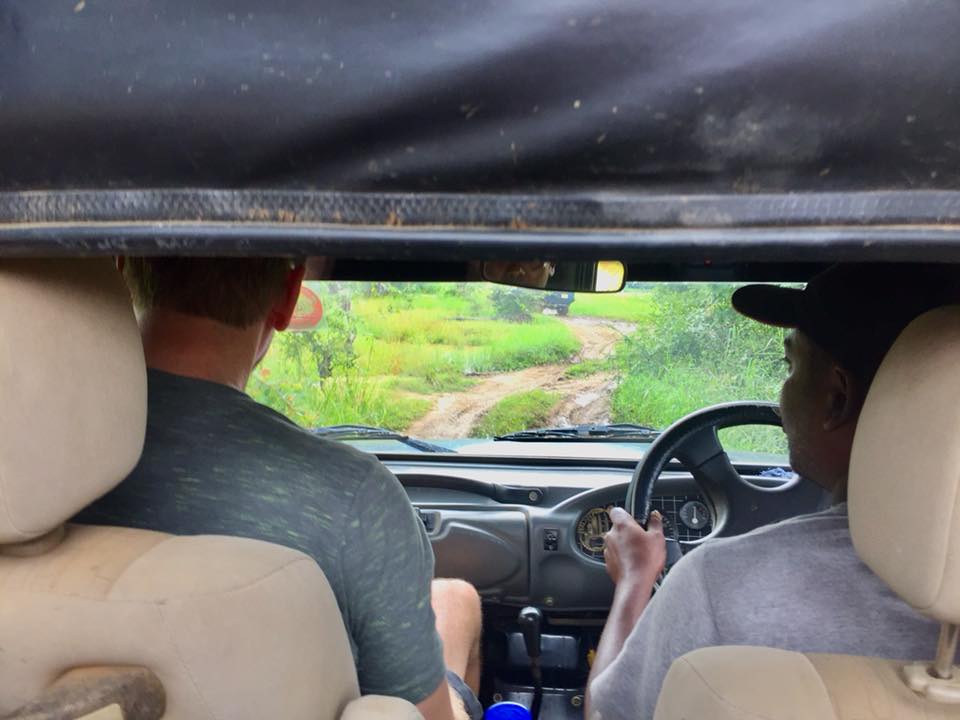
Safari rides can be bumpy depending on the condition of the roads. The vans usually pull off the side of the narrow road to wait and watch for animals. This means sometimes you have to peel out of a ditch when you take off again.

Be sure to bring sunscreen

Even if you have an early start for your safari, you will most likely be exposed to the harmful sun rays. As you ride in a van with lots of windows and open roofs, the sun can easily blare down on your face and upper body. Make sure you have enough sunscreen on hand to coat up and not have an unpleasant souvenir from the experience.
Layer your clothing
It’s a good idea to wear different layers of clothing during your safari trip. It may be quite chilly in the early morning and hot by the time your ride finishes. For example, you could wear a short sleeve top with a lightweight jacket. I would also recommend bringing a bandana, either to keep your neck warm or to wipe the sweat away.
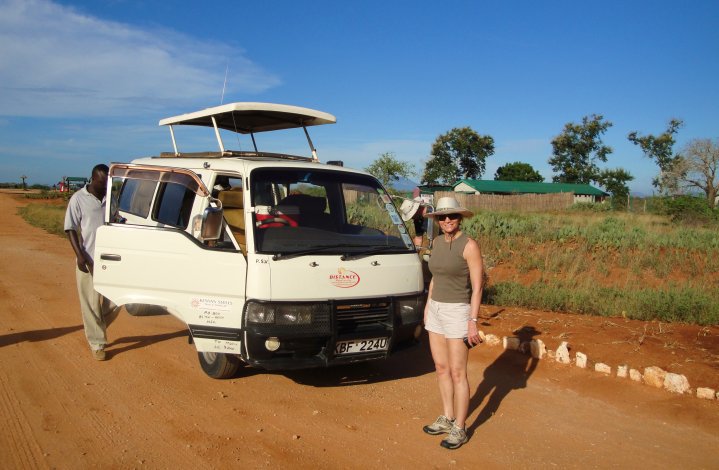
Wear a hat
You should bring a hat to keep the hot sun off your face and shade your eyes to see the animals better. The best kind of hat is the typical safari hat with an adjustable strap under the chin (see below example that I’ve used). The below-chin strap is important because the wind could easily blow off your hat.
Have a good camera and extra batteries
Most people want to take as many photos as possible during a safari. This is part of the fun to show your friends and family what you saw on your bucket list safari. So, be sure to bring a camera that you are comfortable with to take quick shots of the wildlife.
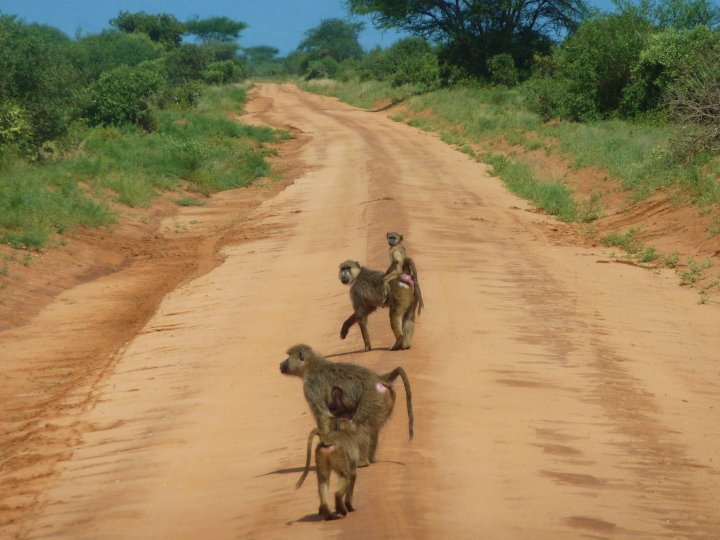
As the safari may last several hours, you don’t want to run the risk of running out of battery power for your camera. You will want to take as many pictures as possible to increase your chance to get some award-winning shots!
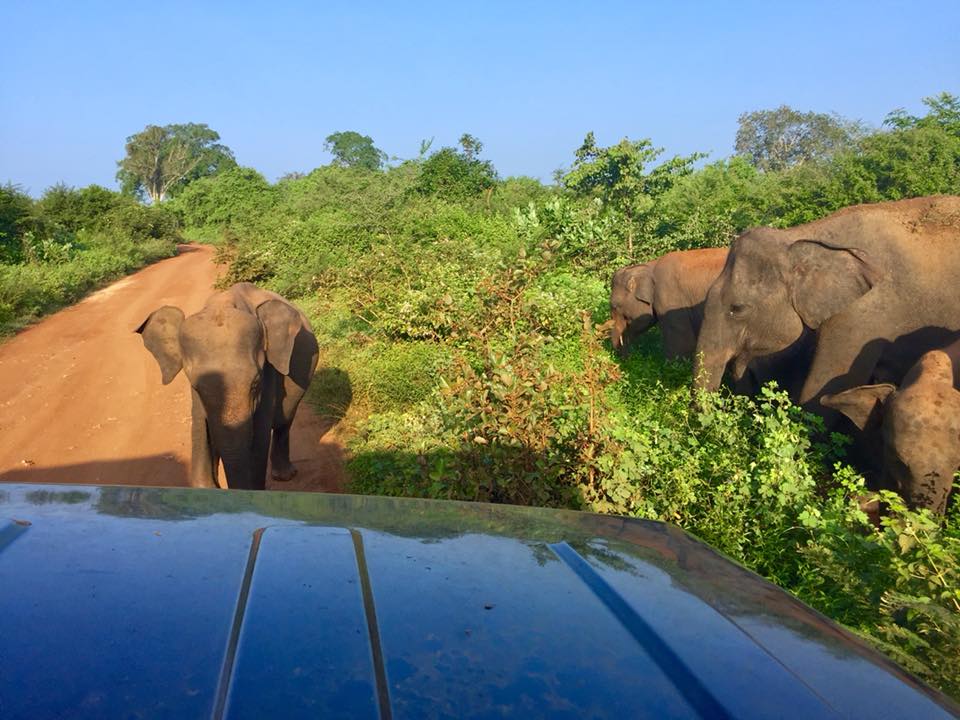
I should also say that you don’t necessarily need a DSLR camera. A compact point and shoot camera can be just as effective and less of a hassle for snapping quick photos. However, you will want to have a camera with a powerful zoom lens. This is important to not miss that perfect shot of animals further away from the van. Below are a couple of cameras you may be interested to use for your upcoming safari.
Bring binoculars
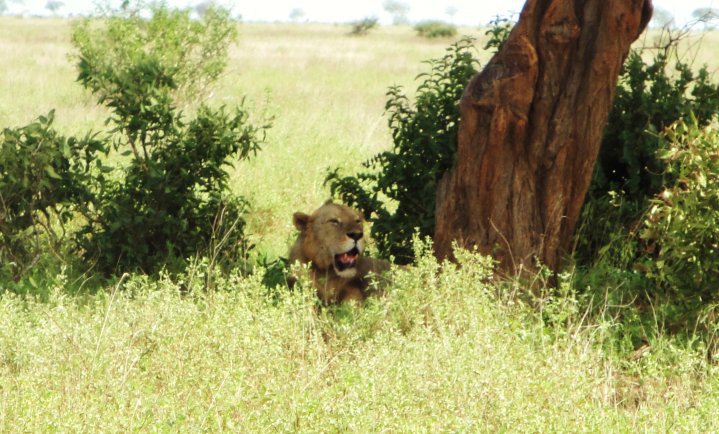
You can see lots of animals up close but some are further away. It is useful to have a pair of binoculars to get a close-up view of the distant animals. Since you will probably have a camera in your hands, it’s good to have the binoculars with a neck strap for easy access when needed.
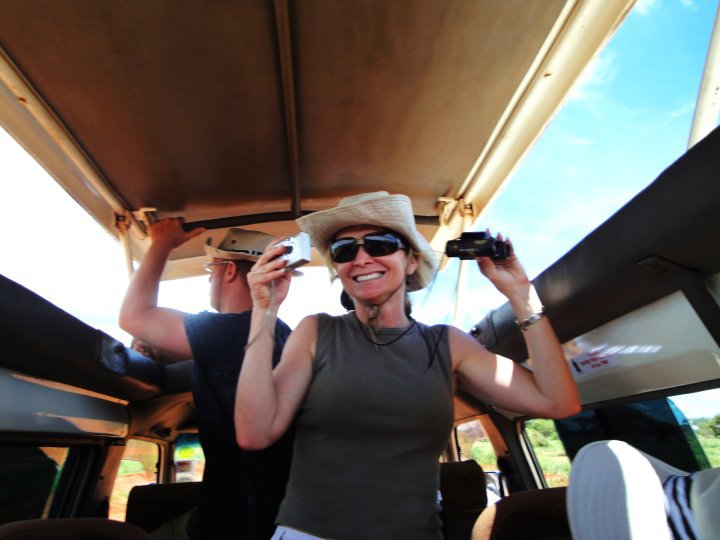
The kind of binocular to use should be lightweight, small, and foldable. Below are some binoculars I would recommend based on my experience.
Stay in the van and stay safe
This should be a no-brainer, but you’d be amazed at what people will do to get that perfect photo. You never know what could happen when you least expect it.
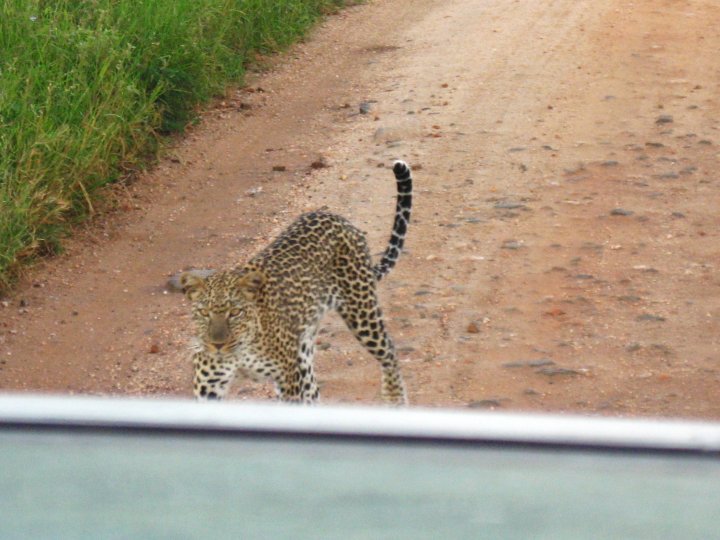
As I mentioned when having a safari driver and guide with you, they know better the risks and are more prepared if an animal gets too close for comfort. If you do get scared with animals approaching too closely, you should definitely let your driver know.
Bring enough water to drink
As the safari will normally last for a few hours, it is important to bring enough water with you. Sometimes the tours provide free water, but you should be on the safe side and bring water bottles with you.
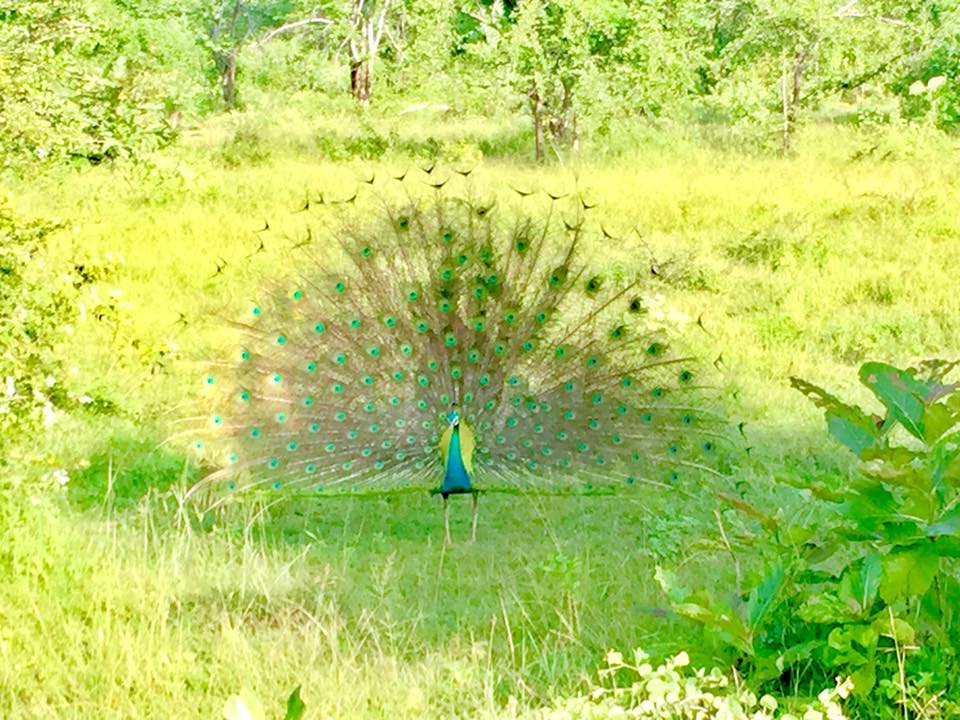
Not only should you stay hydrated during the warm safari weather, but the excitement and intensity will make you thirsty!
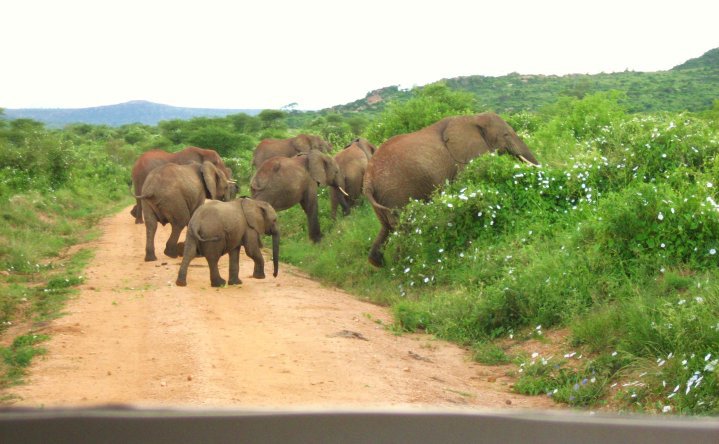
Organize an overnight safari stay
If you have the opportunity, plan a safari which is more than one day where you can sleep overnight in a lodge. We did this in Kenya and it really added to the overall experience.
The advantage of doing this is you can go further into the large parks and cover more ground on Day 2. The lodges are quite special because they are in the middle of nowhere and look very rustic.
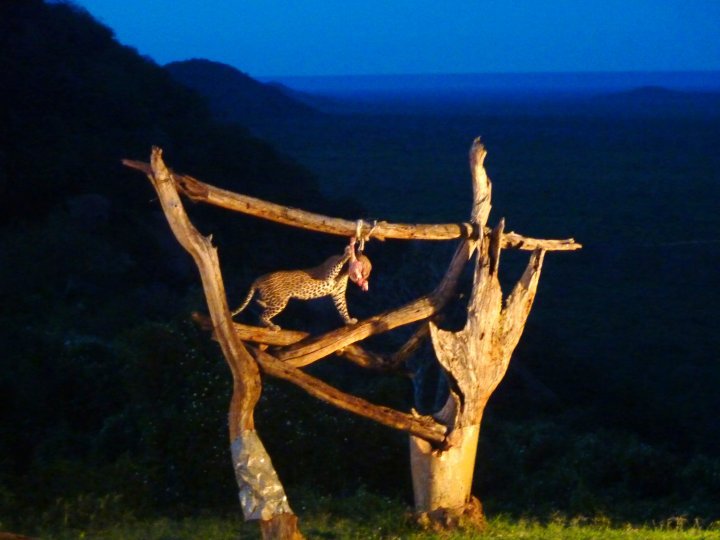
During our overnight stay in Tsavo West National Park in Kenya, the lodge had a huge wooden structure where they would hang fresh meat out each night. The guests had the pleasure of watching the wild animals come up to the structure to eat the meat. This was quite special to see!
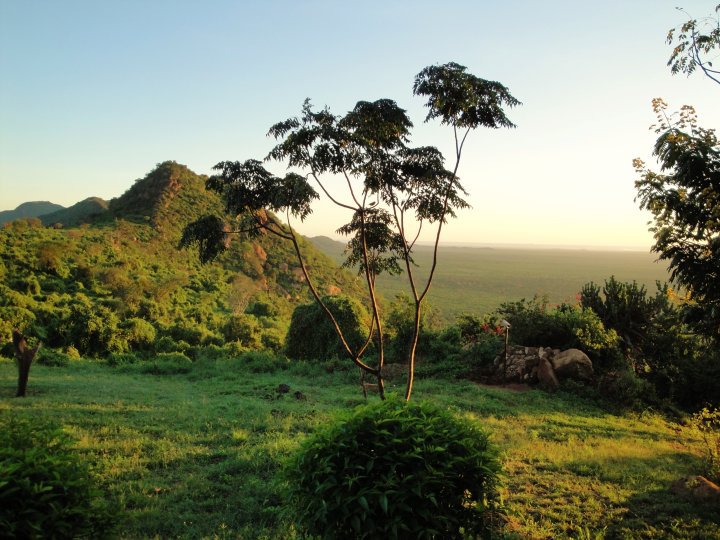
Another advantage of an overnight stay is waking up the next morning with the peaceful ambiance of being out in the wild. After a nice buffet breakfast, you can head out to see more wildlife.

So, I hope after hearing all my ‘good to knows’, you are excited about doing a safari!
If you would like to see more about our Sri Lanka trip, check out my dedicated page on this.
Here is my dedicated page on my entire Kenya trip for more pics and info.
If you are looking for assistance to plan your next trip, I am here for YOU! I love to plan travel itineraries for myself and others. For more details on how I provide this service, please check out my Itinerary Planning page and drop me a quick email at jan@janadventures.com to get started!
MY FAVORITE PRODUCTS… I get asked often which products I use when traveling so I created a page of all my favorite products. You can check it out here



